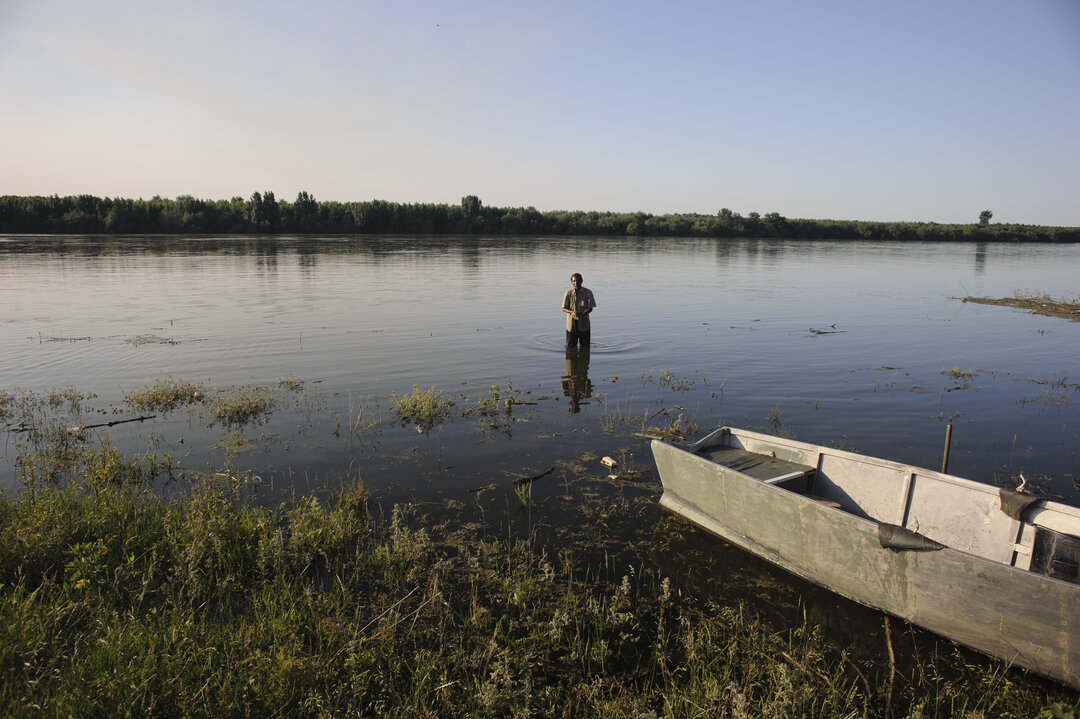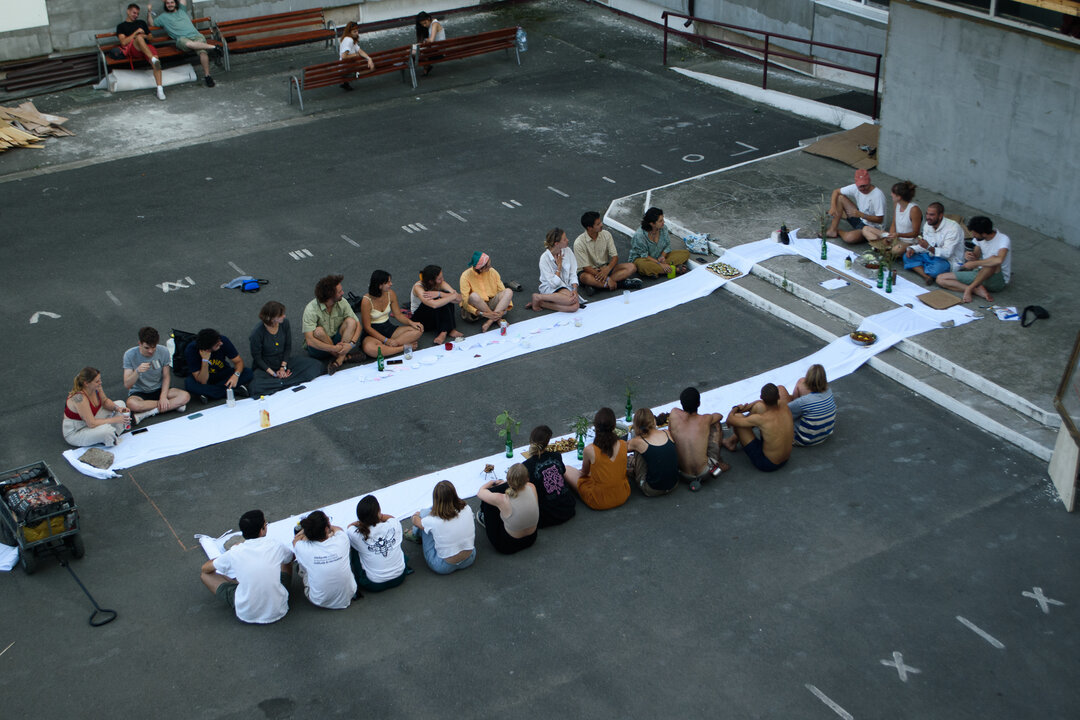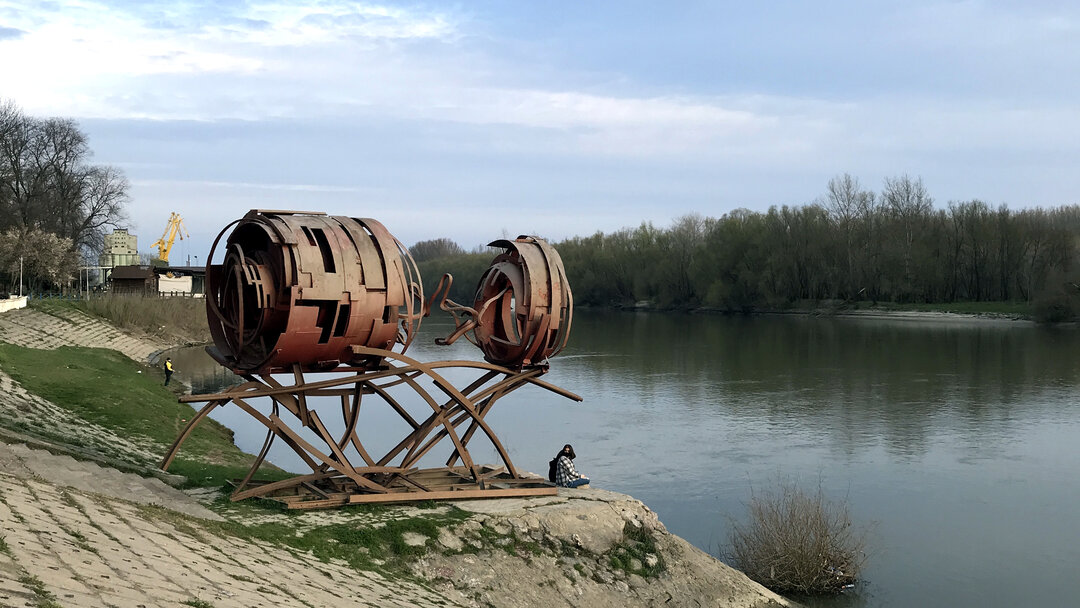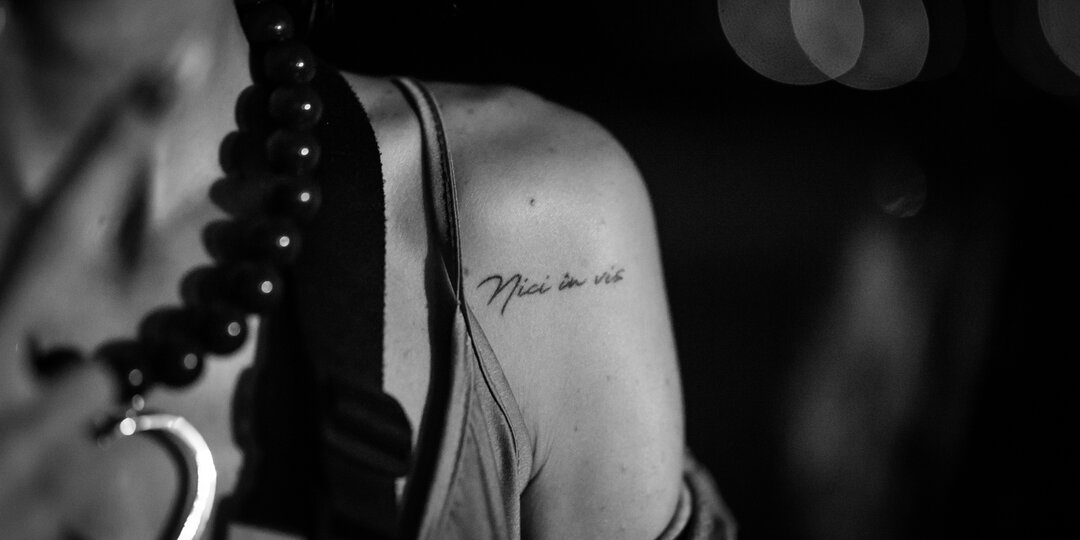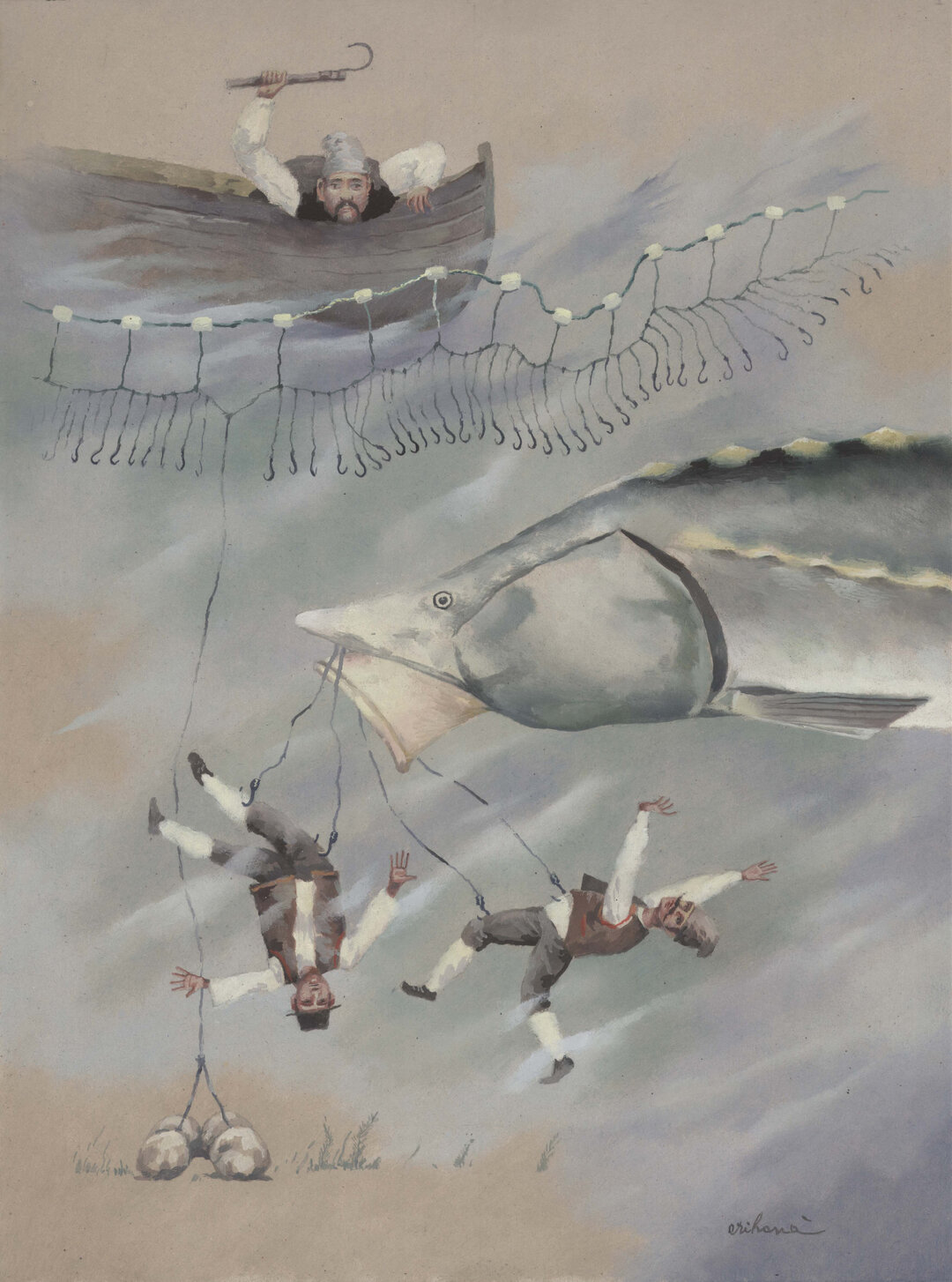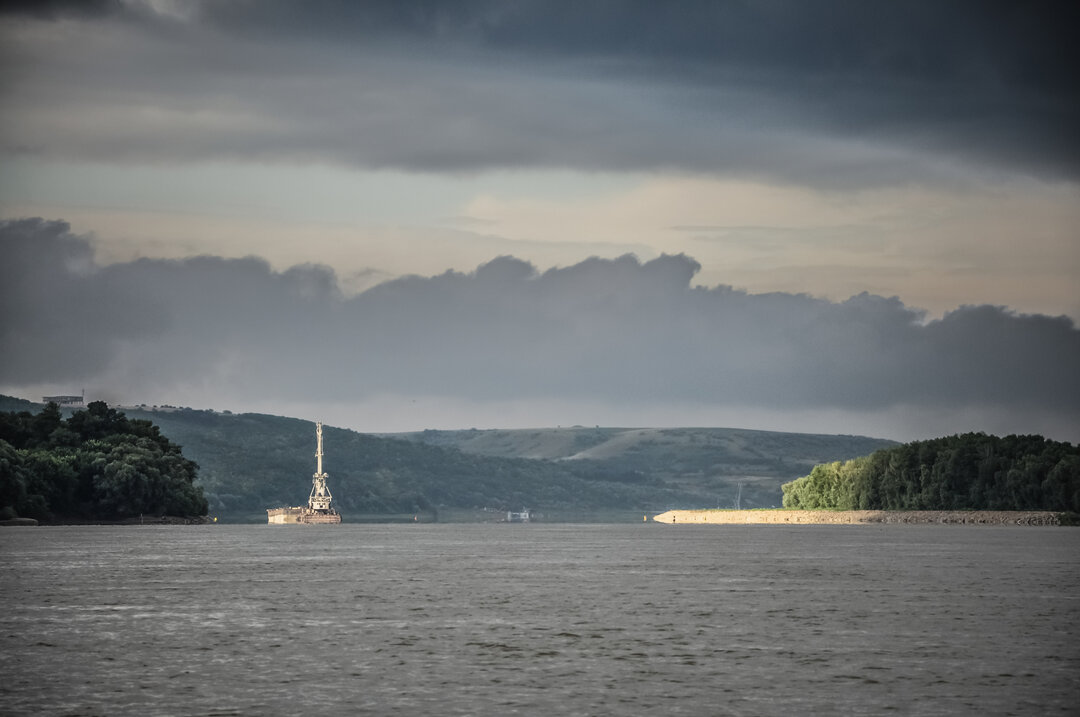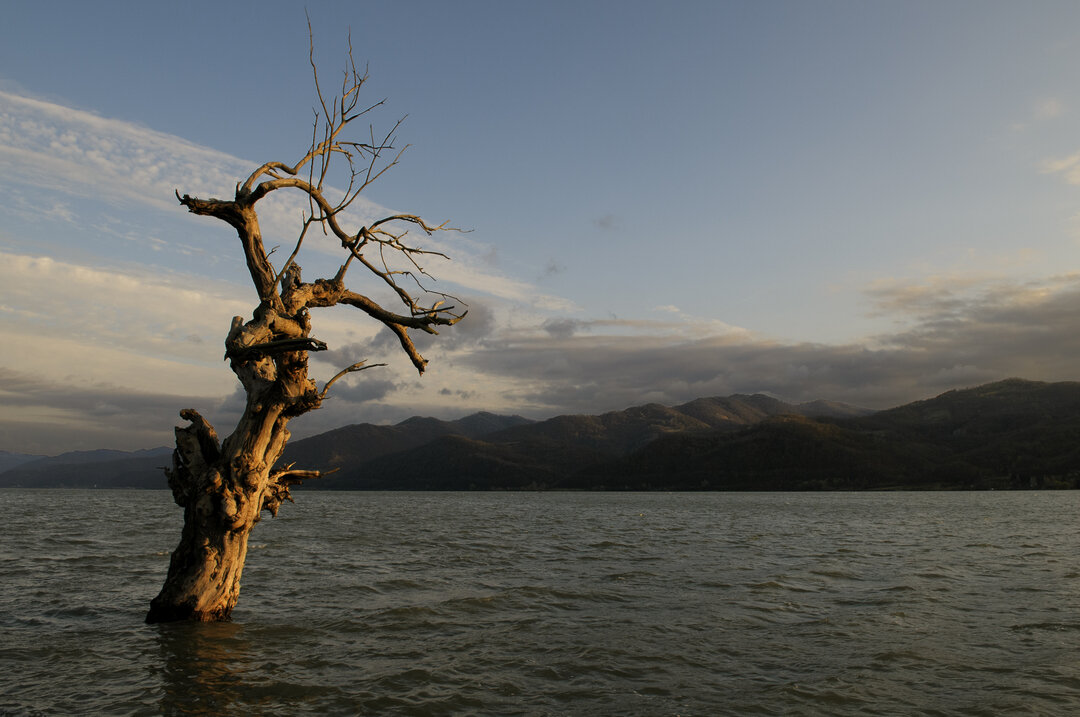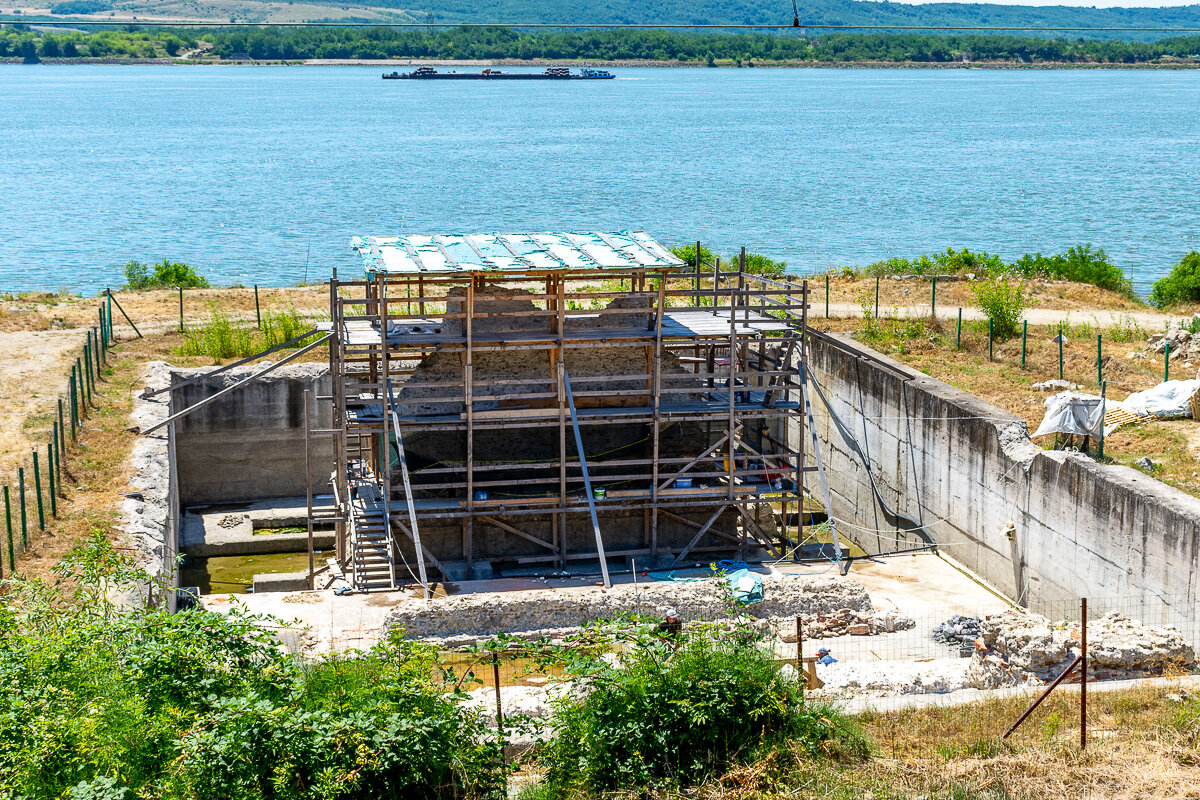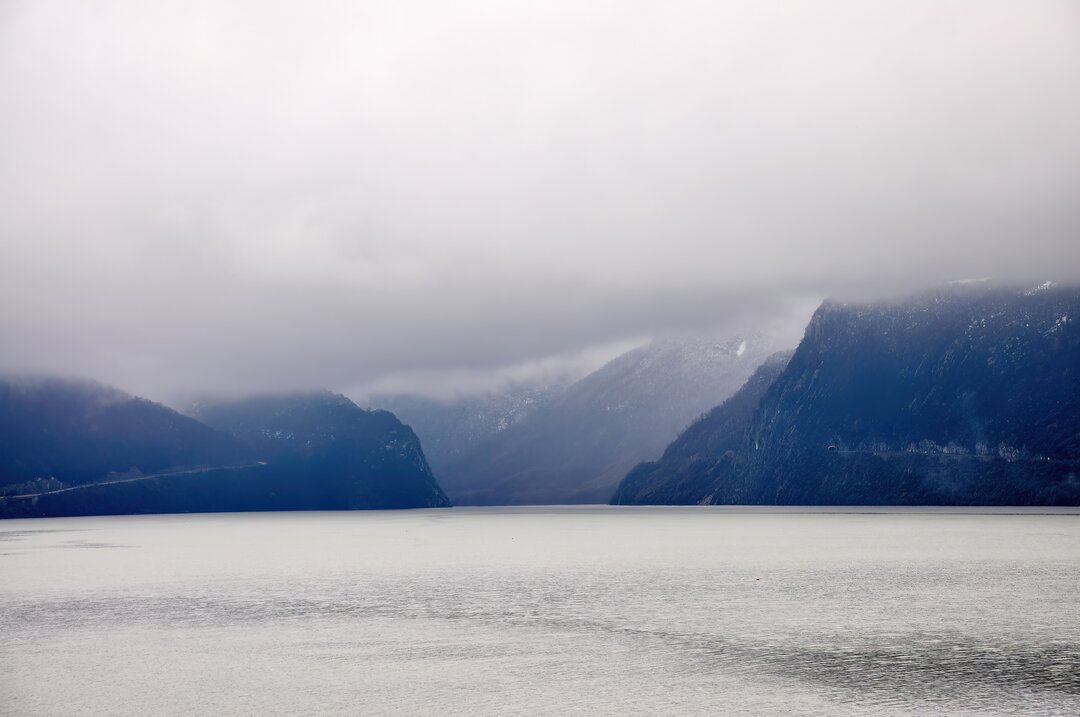
The subjective urban
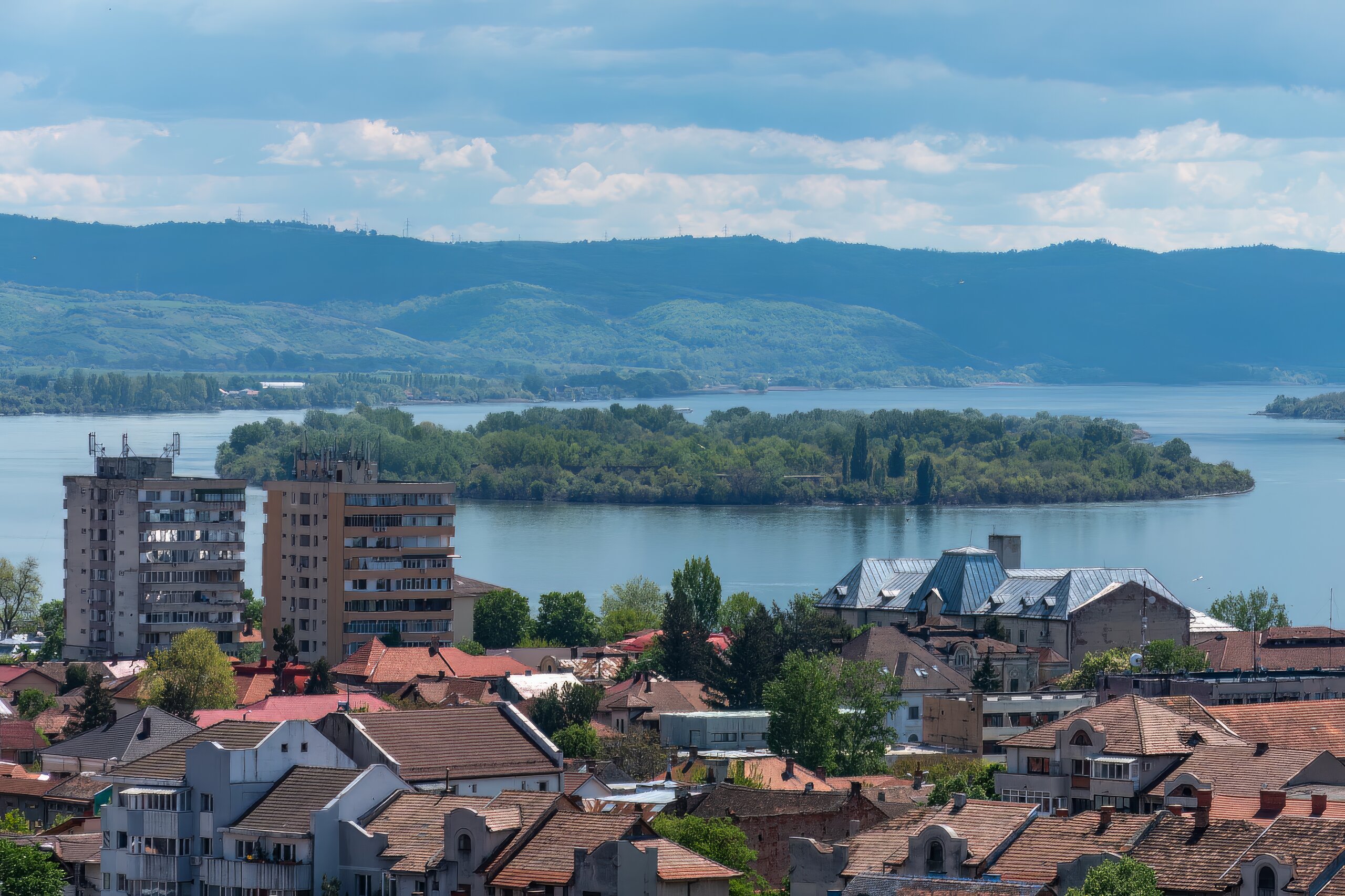
© Adrian Rădulescu
The city of memories
What, after all, is today's city lacking in order to regain the material and cultural wealth of Charles I's era? I believe that it lacks precisely the capitalization of the element that was at the basis of its entry into history, namely its location at the crossroads of the two major communication routes already mentioned at the beginning. In the 19th century, the railroad was added to the two. It is essential for the city's inhabitants to make the most of the opportunities offered by these three communication routes, in addition to optimizing their exploitation through contemporary mobility solutions (or, preferably, visionary ones), that we look in our own backyard with genuine interest, in order to exploit (but also protect!) what is already within our reach without requiring any investment in itself: the exceptional natural and historical heritage which I have tried, to the best of my ability, to describe in this report. I'll see you on a cruise on the Danube...
I am convinced that there are countless objective ways of evaluating an urban organism. There are multiple types of analysis: multi-sectoral, multi-criteria, multi-... On the economic maps published by the most influential Romanian economic journal, Mehedinți county - and Drobeta-Turnu Severin municipality - is always at the bottom of the list: in terms of investments (foreign or foreign), the number of factories of any kind, the number of companies in general, the total size of their turnover, the number of employees (including IT employees), the average wages, the production of solar and wind energy... and the list goes on, unfortunately. With one amendment: judging by such criteria, neither Avignon or San Cristobal de las Casas (I leave you the pleasure of finding this gem on the map and beyond) will give you the heart pangs to go. We're not going to visit either GDP, human development indicators, or - as they used to promote in times gone by - tons of steel per capita... what a beautiful city!
That is why in this text I have chosen not to tire you with "objective" or statistical approaches, with "studies"... but to evoke a Turnu Severin from my memory. To list what, subjectively, the name of this city evokes to me... referring of course - without any particular priority other than that of memory - to its heritage, material or otherwise.
Thus, today's city is the descendent of the first North Danubian fortress, a fortress built in stone by the Romans to protect the bridge over the river, built according to the plans of the great Apollodorus of Damascus, at the end of the road linking the river to the Dacian capital, Sarmisegetusa. We can imagine the astonishment of the fearless Tarabostes around Decebal at the enormous effort, of which only the Romans and their gigantic human machine were capable, to build the bridge that has brought us, their descendants, to the position from which we can contemplate the centuries that have passed since then. Of course, Apollodorus' bridge is also present on Trajan's Column, which our architect also erected in Rome, in the new Forum built at the emperor's wish.
After the Roman conquest, the Drobeta Castrum attracted around it a growing population and became more and more important in economic and strategic/administrative terms, so that it gradually reached the rank of Colony... After the Aurelian retreat, the Castra is kept in the Roman orbit, being repaired also under Justinian. The imperial garrison here was disbanded only at the beginning of the 7th century. Less well known, but no less spectacular, is the medieval fortification overlooking the Danube. Not far away, in the municipality of Șimian, is another fortress built on an island belonging to Romania. The river has therefore always played an important role in the life of the town, either for strategic reasons or for the economic benefits it brought.
The re-establishment of the city, by a royal decree issued by Prince Alexandru Dimitrie Ghica, was part of the prince's plan to increase the outlets for the export of grain and salt following the Treaty of Adrianople (Alexandru Ghica also founded the towns of Turnu Măgurele, Oltenița and, further away from the Danube, Alexandria). The plans for the new settlement, also of Roman inspiration, were drawn up by the Catalan architect Xavier Villacrosse. The rectangular grid of streets(quadras) is reminiscent of the cities that the conquistadors had laid out from the 16th century onwards throughout Latin America, as well as the skill of the student at the École des Beaux-Arts in Paris.
Turnu Severin was, on May 10, 1866, the scene of the arrival of the future King Carol on Romanian territory, at the end of a Danube adventure that was only the first act of courage during his prodigious reign.
During the time of the great king, the city prospered. An industry worthy of the name developed with the arrival of the railroad, which marked the city's transformation into the western gateway to 'small' Romania. Along the streets laid out by Villacrosse, the handsome residences of the commercial bourgeoisie sprang up, but also the buildings that still give the town its profile today... and it's worth mentioning a few of them: The Water Tower, the Traian High School, the Museum of History and Ethnography (today the Iron Gates Region Museum, which also includes the Roman archaeological park) and, above all, the famous Theater designed by Grigore Cerchez (today the "Teodor Costescu" Cultural Palace), conceived as a real cultural mall, with an art gallery, library and so on.
An unfortunate idea, uncorrected to this day, I find to have been bringing the railroad to the banks of the Danube, interposing it between the river and the city, which deprived the latter of the opportunity to develop an elegant promenade, in keeping with Villacrosse's ambitions. The railroad also crowds the main pillar of the Trajan's Bridge, denying it a scenic view of the river for which it was built, and leaving us to look with envy at the elegant solution to the challenge that our Serbian neighbors, who are not the descendants of Rome... Let's add the "perfecting" of this mistake by building the unfortunate "European" train station in the last years (with vicissitudes and waste), far too massive and placed too close to the railway line.
In contrast, the socialist "systematization" has relatively little affected the historic part of the city, and what was built in the 70s and 80s has been gradually revitalized in the last 20 years. The bourgeois residences remain largely unaltered, with more and more of them enjoying proper maintenance in recent years. The rehabilitation of many of the streets in the historic area since 2007 (when Romania joined the EU) and the abundant greenery give the pre-war neighborhoods a peaceful and pleasant character. Every now and then, a little gem sprouts up, such as the Little Square (now home to a lovely pizzeria), a tastefully decorated grocery shop or café, which have nothing to envy of their branch sisters in Cluj or Iași. Leafing through the aforementioned diary, the other day I saw that in the surroundings of the city there are some of the most beautiful accommodation units in Romania, both in terms of architectural realization itself and the landscape (view of the Iron Gates) that they offer to the guests.

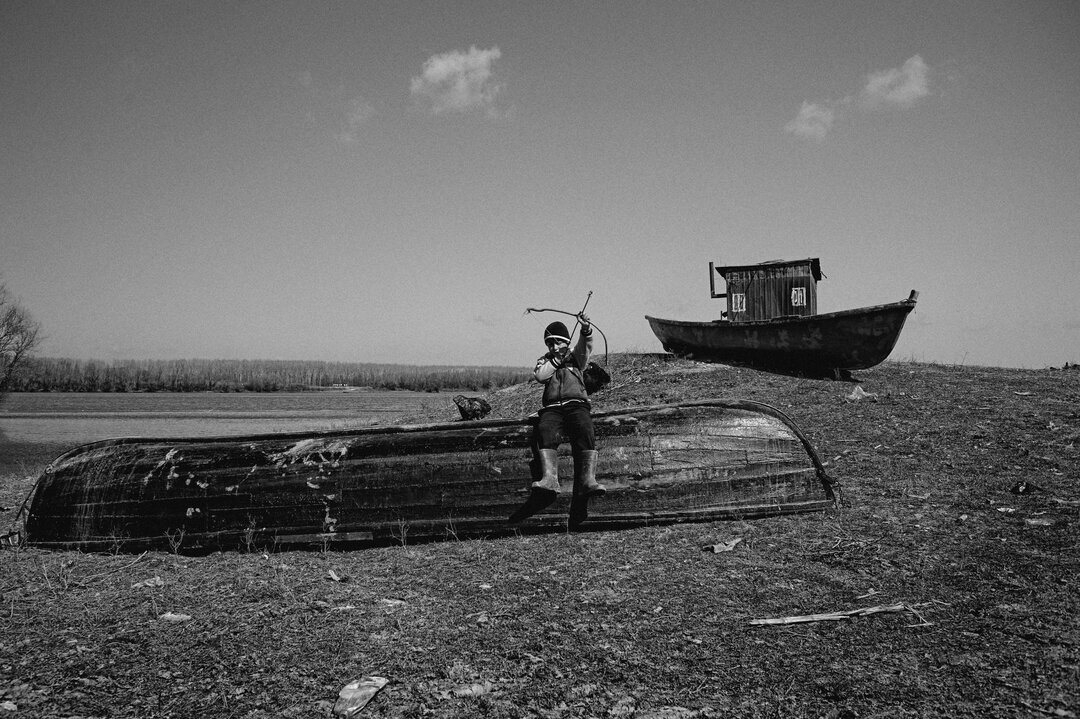
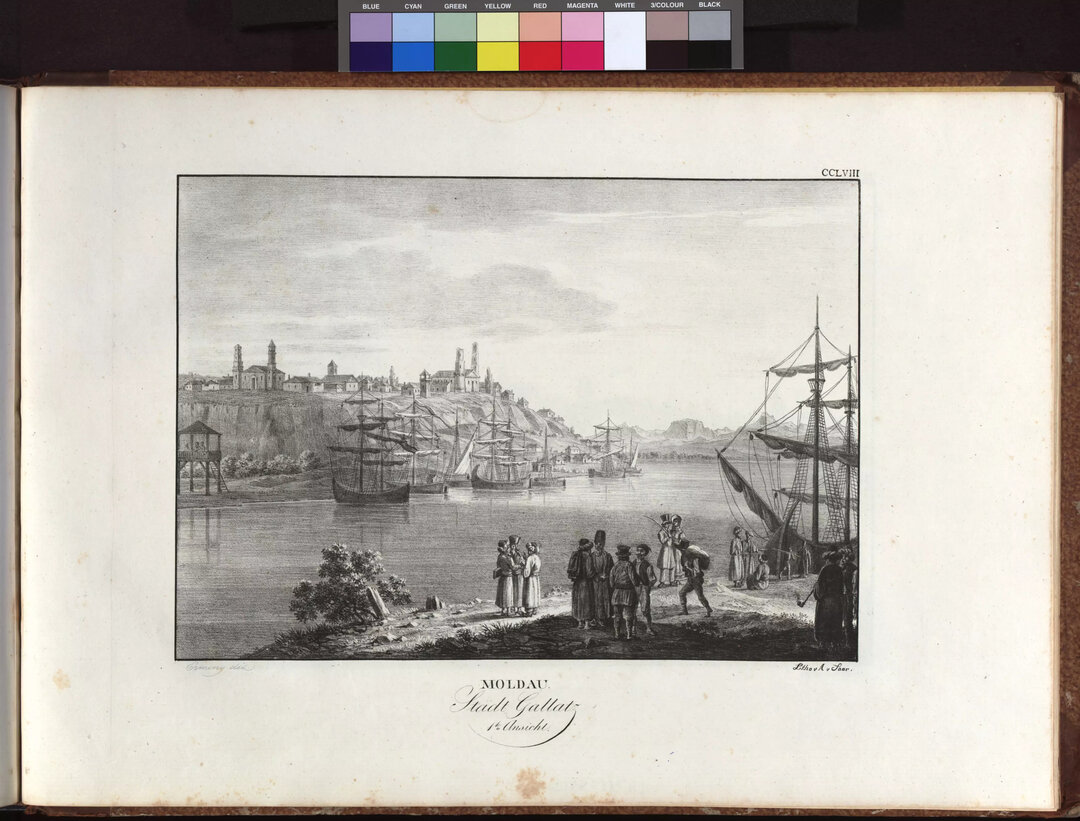
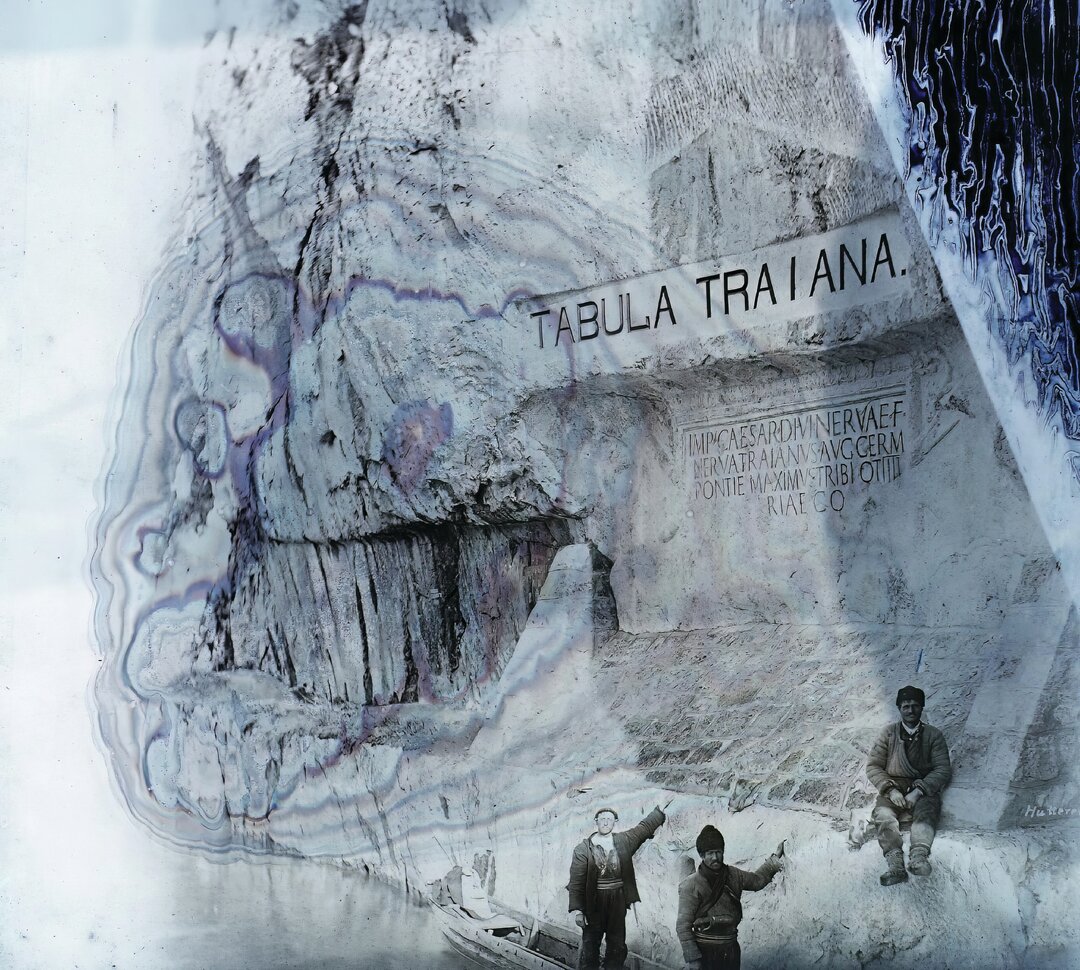

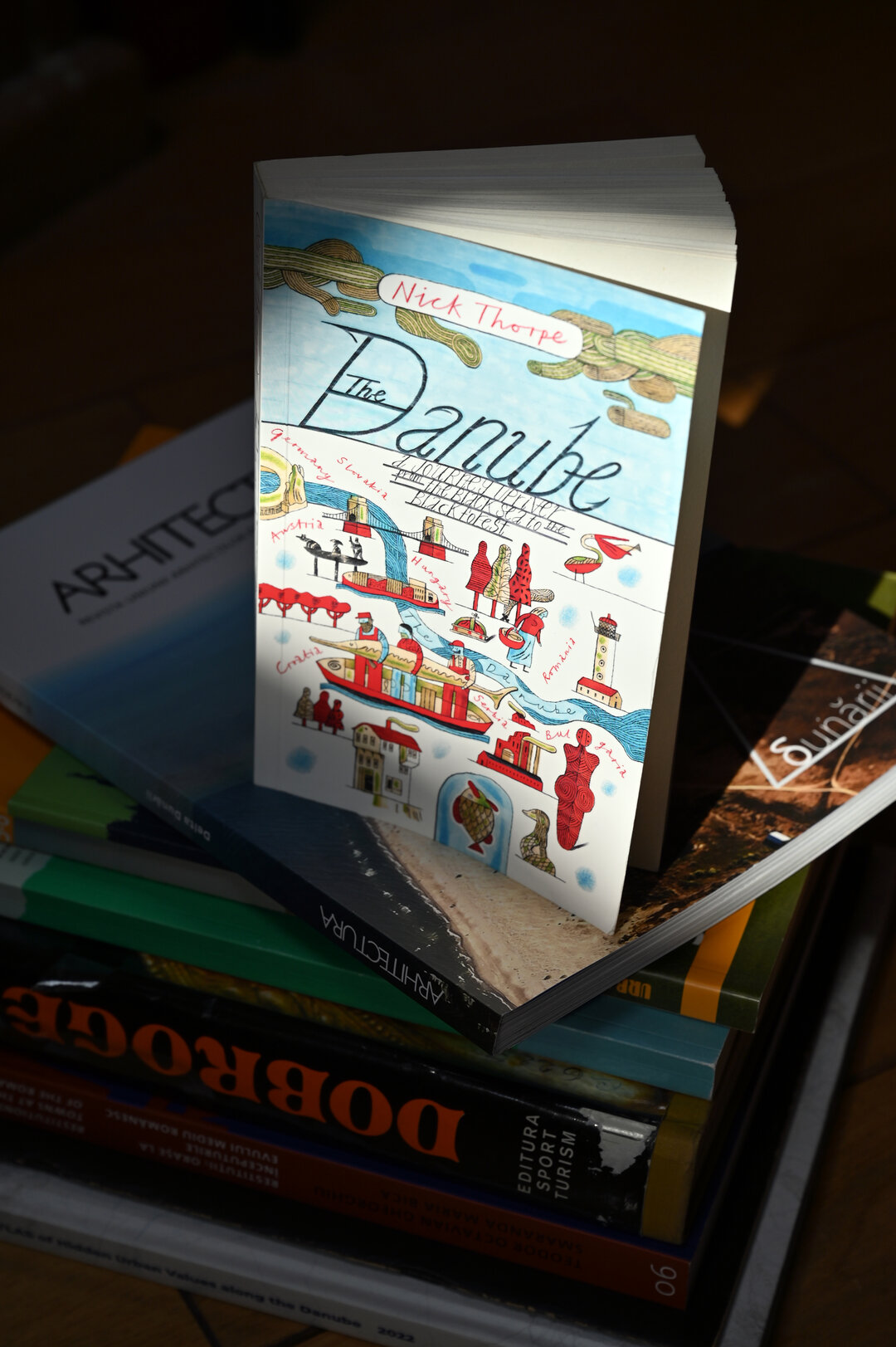
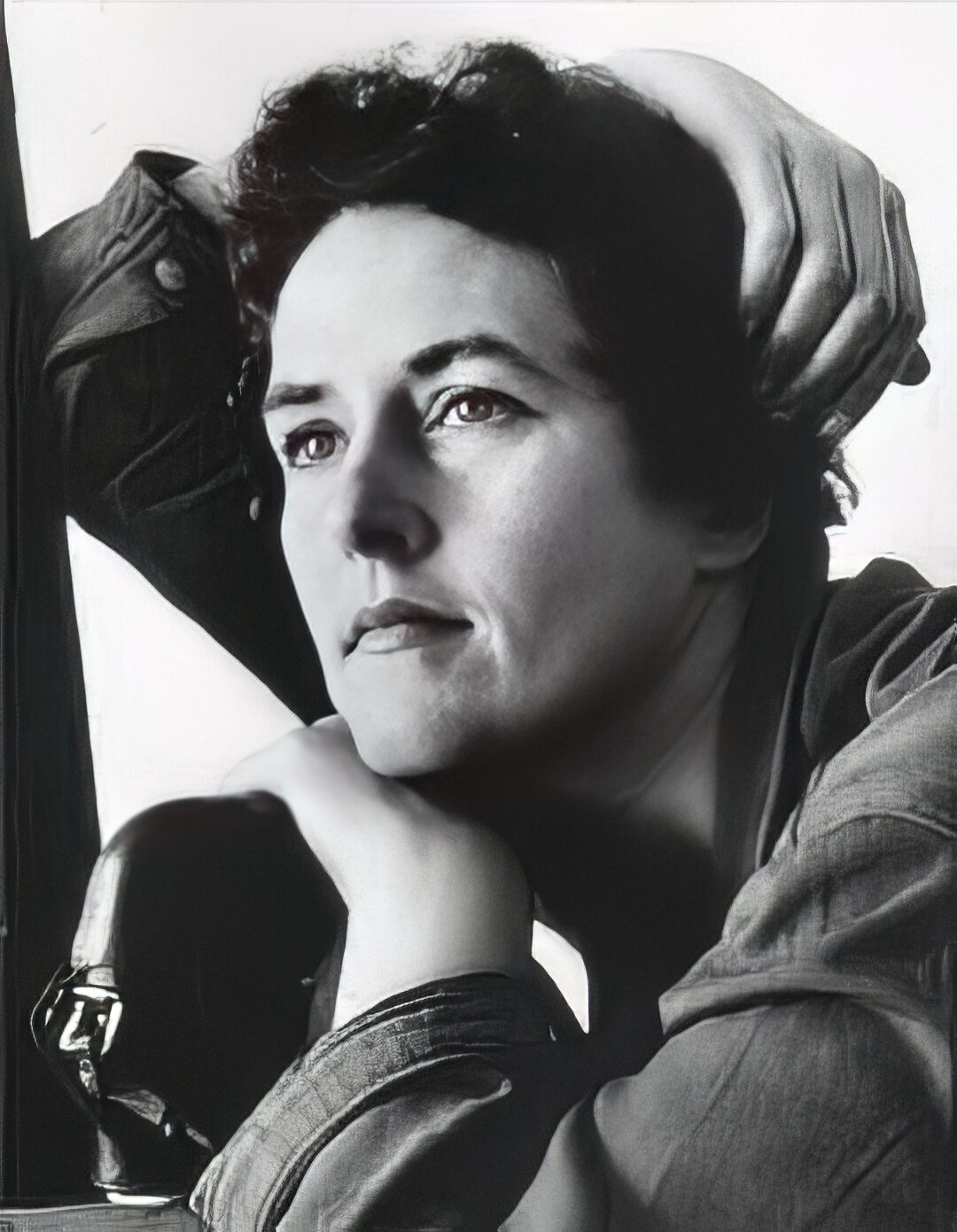

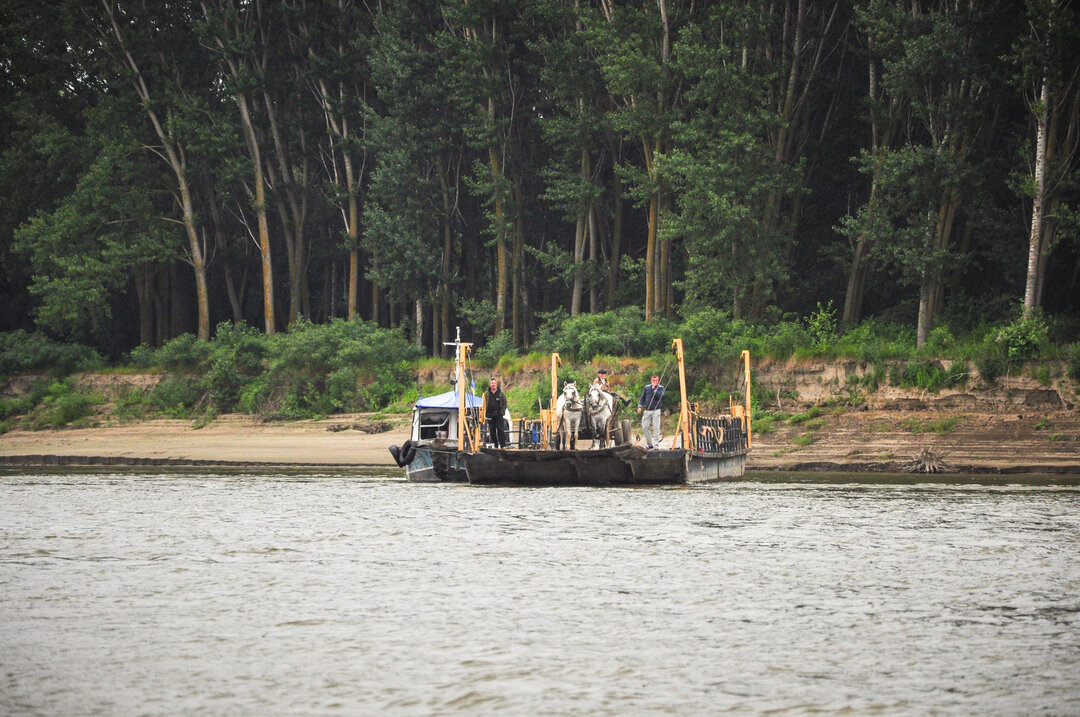

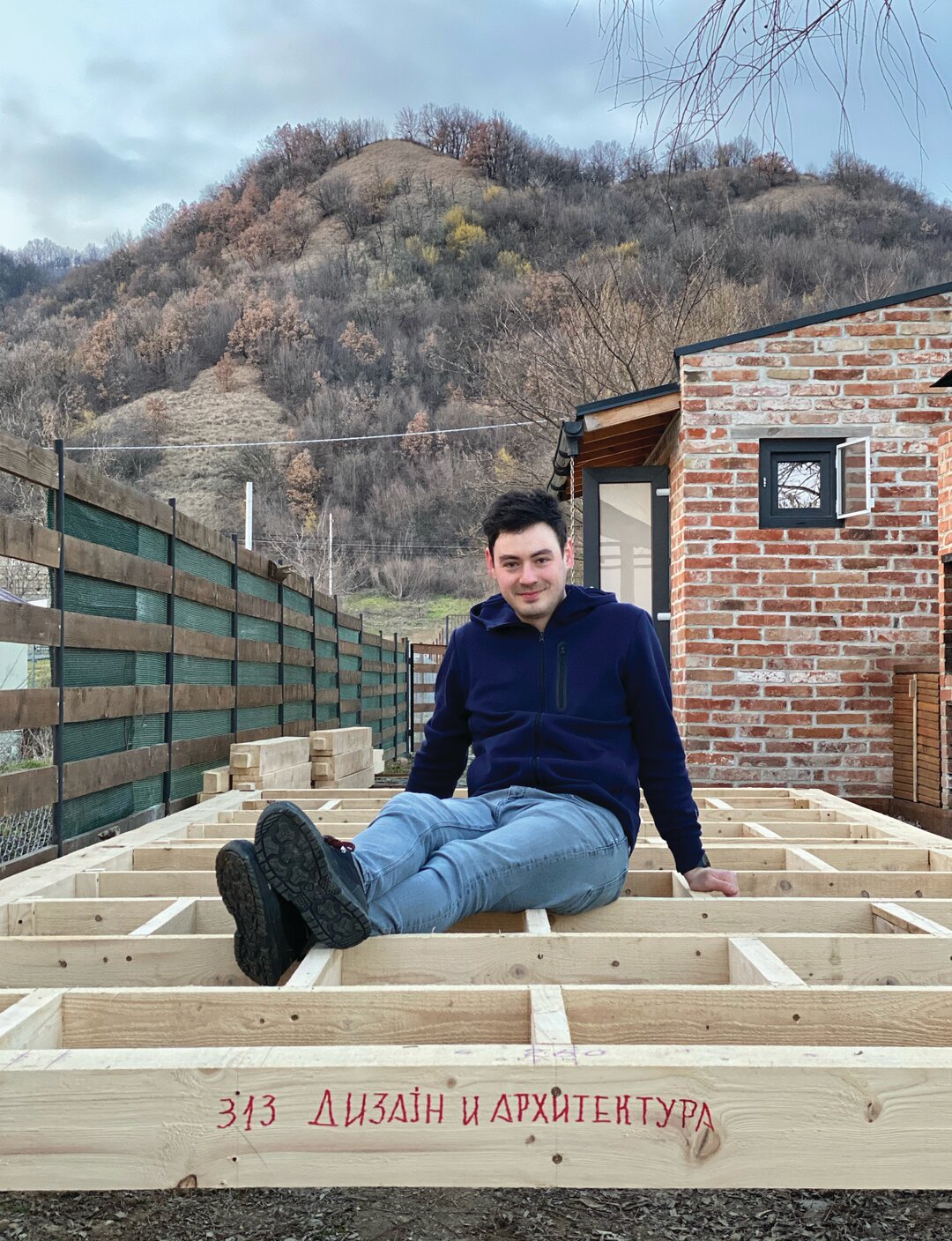

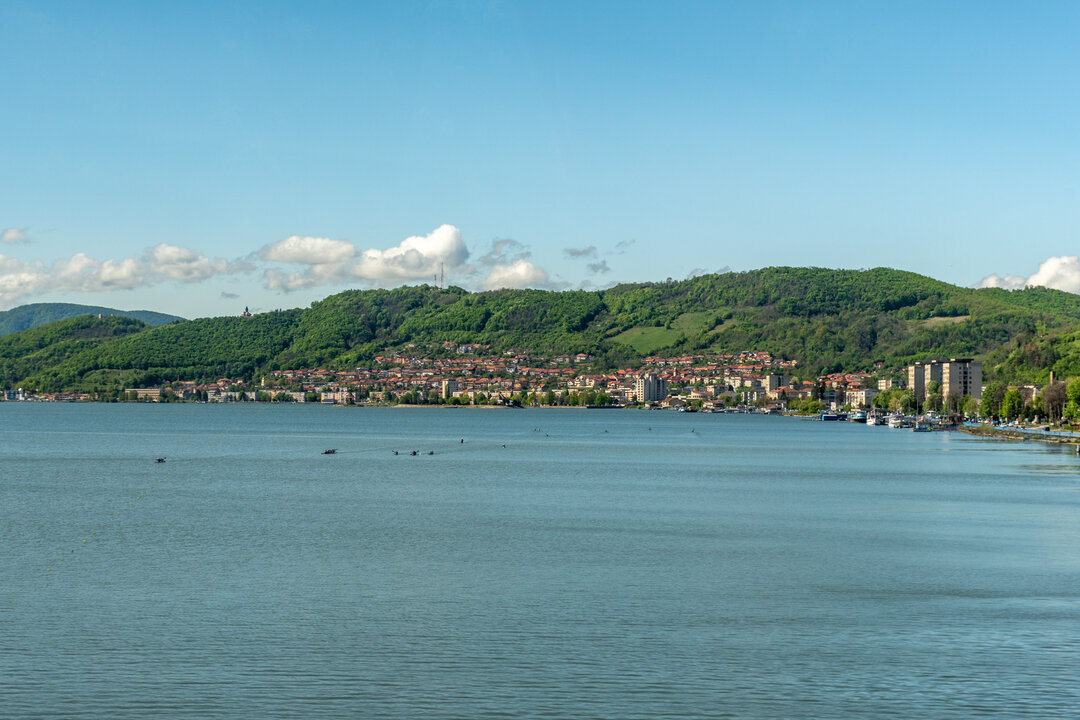
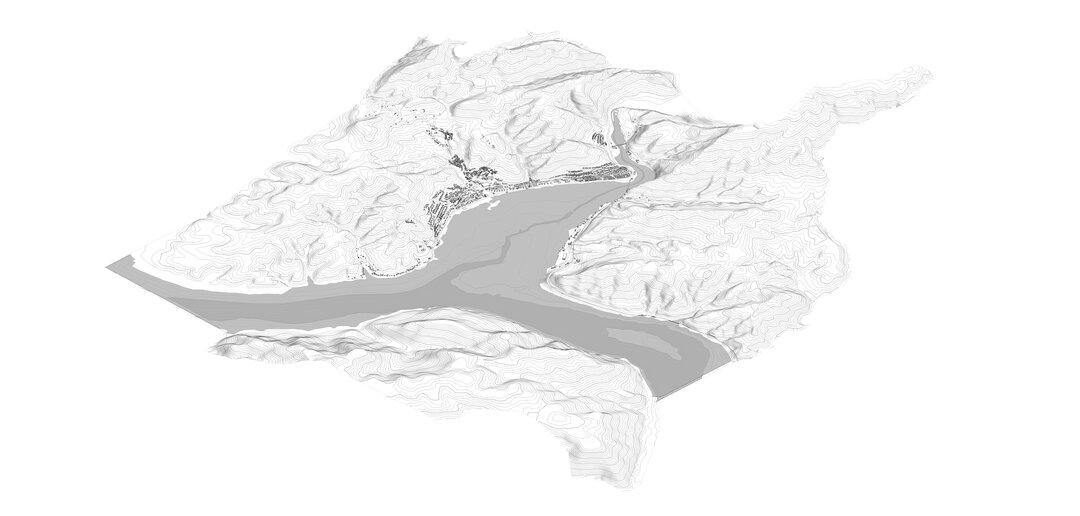




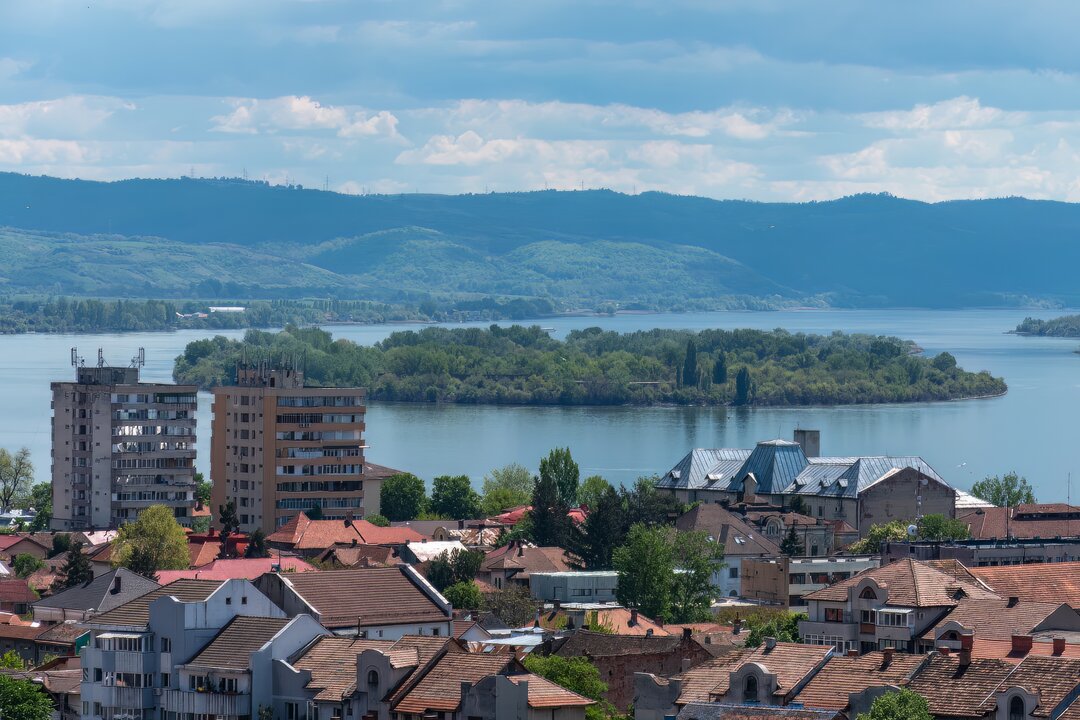
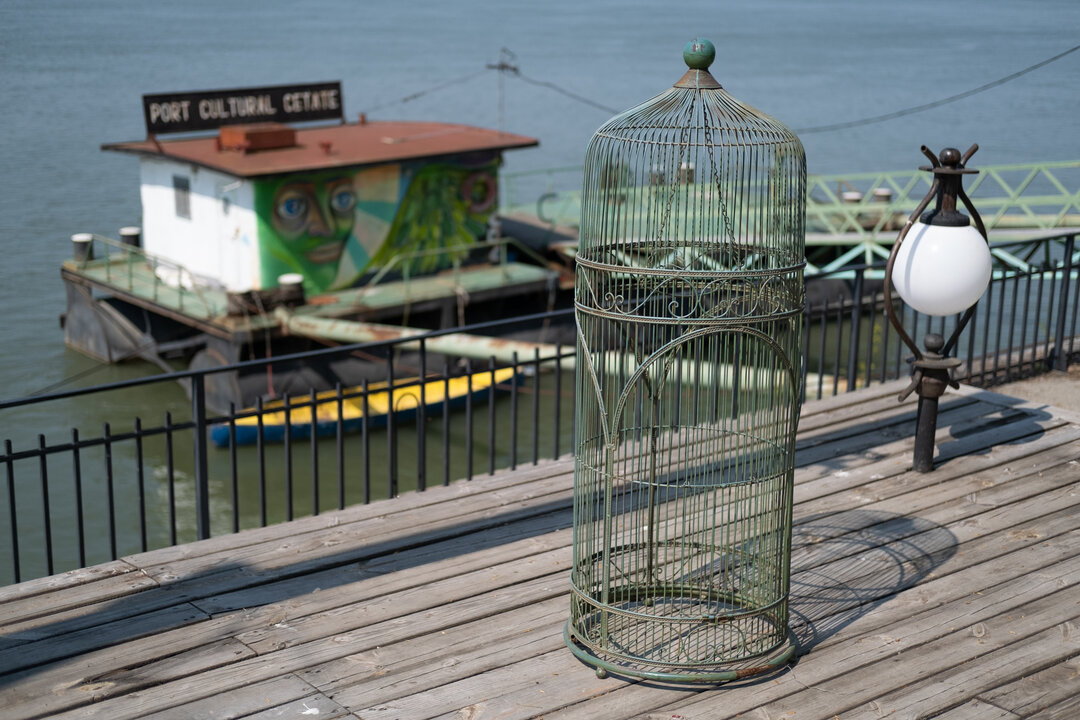
-topaz-denoise-enhance-sharpen--15883-m.jpg)
